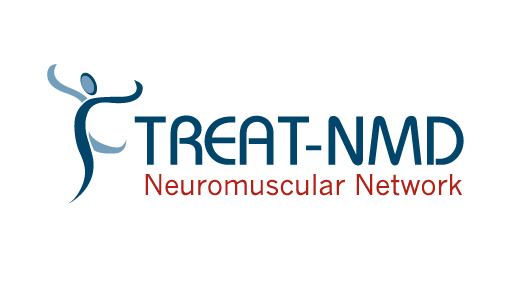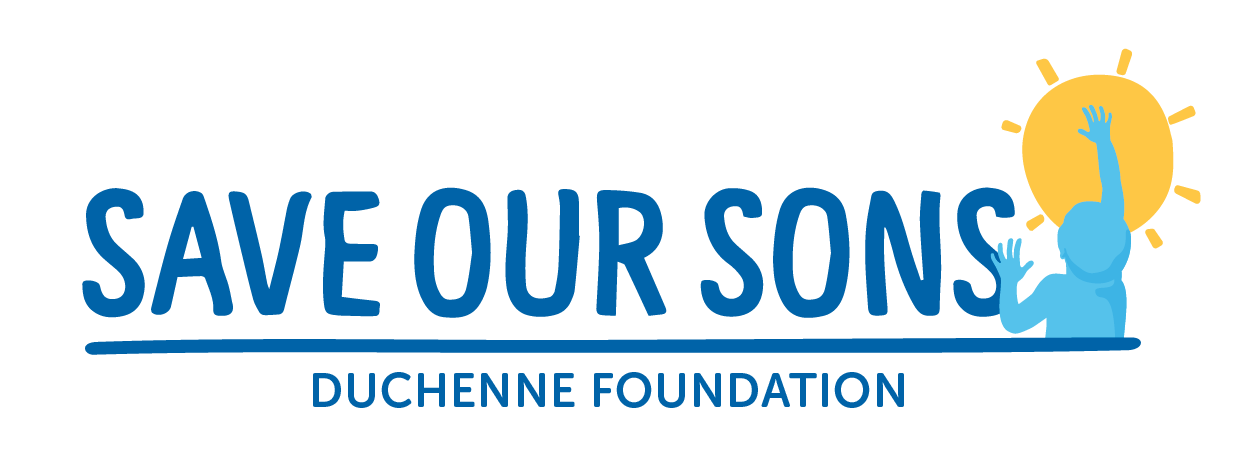Myotonic Dystrophy
Myotonic dystrophy, often abbreviated as DM (from its Latin name: dystrophia myotonica), is a muscular dystrophy that affects approximately 1 in 8,000 people worldwide. It generally exists in two forms: DM1, and DM2 (also known as Type I and Type II, respectively).
DM1 / Type I
Type I myotonic dystrophy causes muscle wasting and weakness like other muscular dystrophies. However, the disease also affects other systems and organs in the body, often presenting as heart defects, cataracts, diabetes, and myotonia (a symptom wherein muscles contract normally but have difficulty relaxing). This variety of symptoms is a hallmark feature of myotonic dystrophy. In some cases, the non-muscle-related features of the conditions are more problematic to patients than the muscle weakness or myotonia.
Type I is caused by a defect in the DMPK gene. The DMPK gene has important roles in the muscle, heart, and brain. This gene has a special sequence of DNA at the end that exists in a repeated triplet pattern. In healthy individuals, there are around 5-35 triplet repeats. However, in people with DM1, a mistake in gene duplication can increase these repeats to number in the thousands. This makes the gene extremely unstable, and leads to incorrect function; generally, the more severe cases of DM1 have far more triplet repeats than milder cases, though this is not always the case.
The classification of myotonic dystrophy Type I is in accordance with the age of onset of the patient’s symptoms.
Adult onset (“Classical” form)
Less severe cases of myotonic dystrophy may not show symptoms until adulthood. Patients have muscle weakness that generally grows worse with age. Other symptoms include daytime fatigue, myotonia, diabetes, development of cataracts, cardiac events, and difficulties with breathing and swallowing.
Childhood onset
Some children may not have any symptoms when born, but may develop DM1 symptoms in their childhood. Muscle weakness and stiffness are still the main symptoms, but at this early stage of life, learning difficulties can also be a feature of the disease.
Congenital
These cases of myotonic dystrophy are the most severe. The symptoms are noticeable at birth, wherein the babies will have difficulty breathing and swallowing, often requiring respiratory support and feeding tubes. Children who overcome these breathing and eating difficulties can generally go on to learn how to walk and reach motor skill milestones, but they will likely have severe learning difficulties and other myotonic dystrophy symptoms from a young age.
DM2 / Type II
Type II myotonic dystrophy, like other muscular dystrophies, causes muscle weakness and atrophy over time, but is not usually assocociated with swallowing problems or cataracts. People with DM2 often experience muscle pain (myalgia), and are at risk of cardiomyopathy and diabetes.
Type II myotonic dystrophy is caused by a mutation in the CNBP gene. Much like the DMPK gene in Type I, the CNBP gene also contains a region of triplet repeats that vary in number. Again, when a person is born with an exaggerated number of repeats in the CNBP gene, the gene becomes unstable, and leads to the development of DM2.






